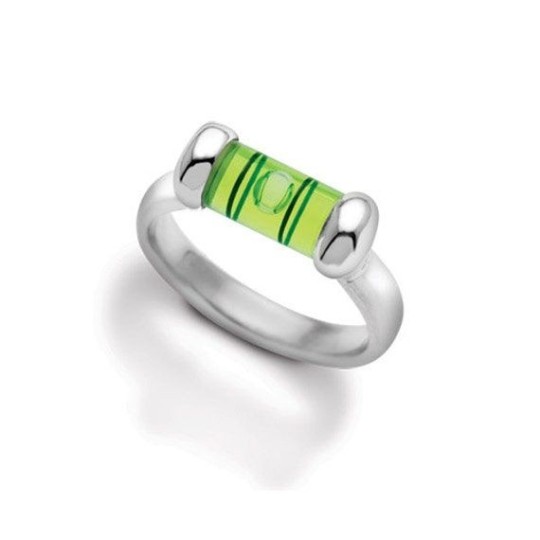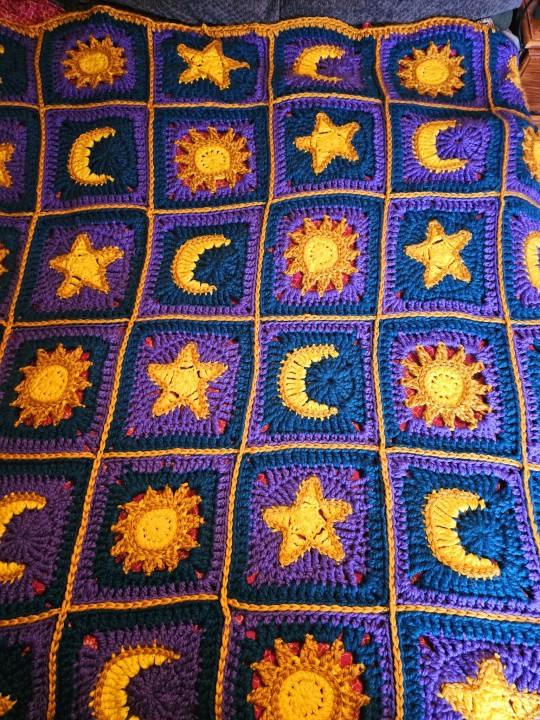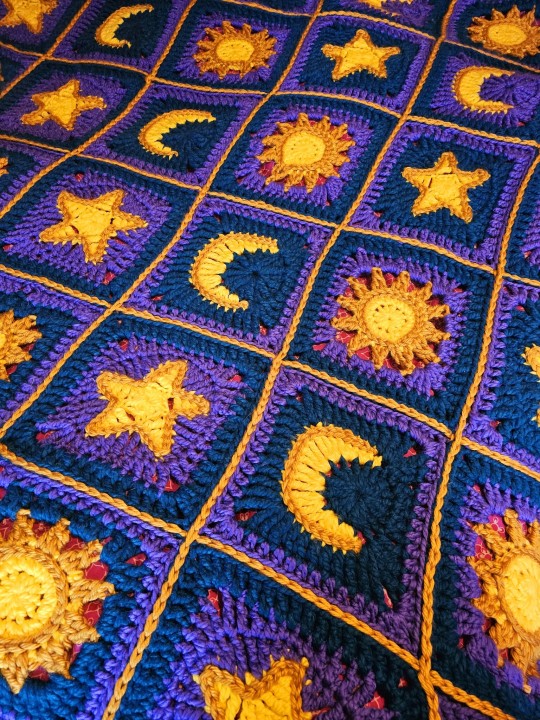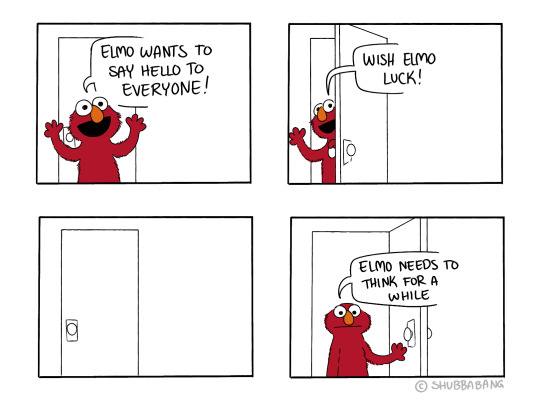Text
ABACUSYNTH by ELIAS JARZOMBEK [2022]
Abacusynth is a synthesizer inspired by an abacus, the ancient counting tool used all around the world. Just like an abacus is used to learn the fundamentals of math, the Abacusynth can be used to explore the building blocks of audio synthesis.
9K notes
·
View notes
Text


The Air Swipe bag @ Coperni fw24
Made of NASA's nanomaterial silica aerogel, the lightest solid on planet Earth, the Air Swipe bag is made of 99% pure nothing and 1% glass, the glass of the future. This very delicate (and non-fragile) nanomaterial has been used by NASA to capture stardust: because it can withstand extreme heat (12000 Celsius) and a pressure of 4000 times its weight.
6K notes
·
View notes
Text
[kisses you tenderly on the lips while holding you like my lover] don’t eat any food with mold on it even if you cut the moldy part off ok?
19K notes
·
View notes
Text
learning that apparently several hundred people have been pronouncing 'miette' as 'mighty' has actively worsened my day

11K notes
·
View notes
Text

my partner has about 3 genres of youtube video they watch, so I've decided to combine them all into what would be their Ideal Video
8K notes
·
View notes
Text

blown away by how bad this madame tussauds gaga is. off-brand kermit. fucked.
666 notes
·
View notes
Text
this post is going to stay up forever, but I'm going to reblog this post with a picture of a funny cat I drew wearing big boots. the reblog that has the cat in it will only be available for 5 minutes so good luck if you manage to see or find that version.
I'll add the cat to this post about a minute after posting this. I need to add an image description so it'll take a sec
3K notes
·
View notes
Text
this post is going to stay up forever, but I'm going to reblog this post with a picture of a funny cat I drew wearing big boots. the reblog that has the cat in it will only be available for 5 minutes so good luck if you manage to see or find that version.
I'll add the cat to this post about a minute after posting this. I need to add an image description so it'll take a sec
3K notes
·
View notes
Note
I'm asking you because I've seen people ask you similar questions before. Why are kobolds, as a fantasy creature, so nebulous?
Generally when people say orc, goblin, elf, dwarf, werewolf, vampire etc. a person can have a pretty solid idea of what traits that animal will have. I guess because they're usually copying that species from the same similar source works?
What happened to kobolds? I used to know them as a kind of german folklore creature, but then also as a short lizard person, and most recently there's been Dungeon Meshi, which gives the name kobold to anthropomorphic dogs.
Well, the trick is that none of these terms have a standard definition. In folklore, the words "elf", "dwarf", "gnome", "troll", "goblin", "pixie", etc. are used more or less interchangeably – all of these words might refer to the exact same folkloric critter, and conversely, the same word might be used to refer to several completely different folkloric critters, even within the same body of regional folklore, to say nothing of how their usage varies across different regions and over time.
Literally the only reason any of these terms have "standard" definitions in modern popular culture is because one specific piece of media got mega-popular and everybody copied it. For example, Tolkien is responsible not only for the popular media stereotypes of elves and dwarves: he's responsible for popularising the idea that "elf" and "dwarf" are separate kinds of creatures to begin with. Similarly, while Bram Stoker's Dracula isn't solely responsible for cementing the idea of what a vampire is in popular culture, it did standardise what vampire magic can do, and it helped cemented the idea that a "vampire" and a "werewolf" are different beasties, which hasn't always been the case.
So the short answer is that there's just never been a mega-popular work about "kobolds" to provide a standard template for the type. Most modern depictions in Anglophone popular culture ultimately point back to the interpretation set forth by Dungeons & Dragons, but D&D itself has gone back and forth on the whether they're tiny dog-people or tiny lizard-people, with the tiny dog-person version being the earlier of the two, so even folks who are directly cribbing from D&D will vary on this point depending on which particular edition they're name-checking.
1K notes
·
View notes
Text
Kids these days don't know what the fuck a liminal space is anymore but they use it to describe fucking EVERYTHING.
23K notes
·
View notes







